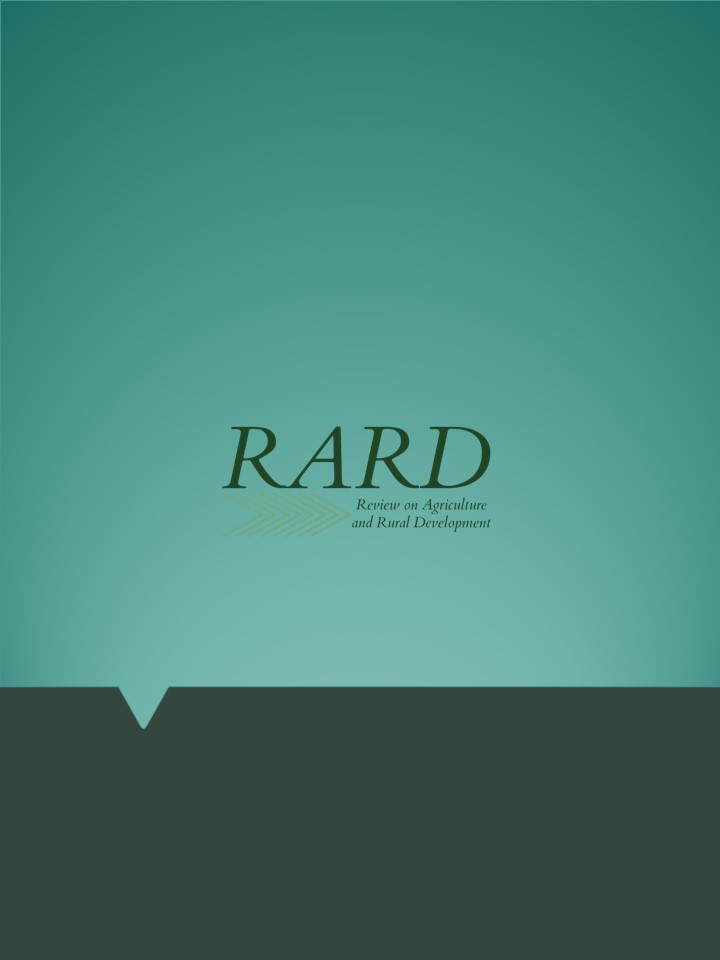Opportunities and challenges for pig production in Vientiane Capital, Laos a review
Main Article Content
Abstract
In Laos, pork is the second most common meat source after fish and its demand is constantly growing annually. Recently, pork has been in short supply in urban and rural areas, forcing the Lao government to import thousands of tons from neighbouring countries, particularly Thailand, Vietnam, and China. In view of the earlier-mentioned, this study aimed to look at the current situation of pork production and supply in Vientiane Capital (VC) and the prospects for pork production in VC, Laos. In 2020, Laos had a pig population of about 4.3 million, with over 91.0 % being native pigs and only 366,000 heads being European pig types, with over 54.0 % being reared in VC. In 2019, Laos had 578 commercial pig farms, with 188 farms (33.0 %) of which were located in VC. Despite the fact that most of the commercial pig farms are located in VC, pork demand is still high, with the consequence that consumers need to pay a high price. For example, in 2020, the average price of pork was 46,000 LAK/kg ($ 4.00); it rose up by 22.0 % against 2019 and by 11.0 % from 2015. Several feed raw materials (maize, cassava, and rice bran) are produced in VC, and nearby provinces, which the farmers can use to combat the dramatic changes or instabilities of feed price. We concluded that there is a high potential to develop pig production in VC, especially local breeds considering the high demand for premium pork and more available raw feed materials.
